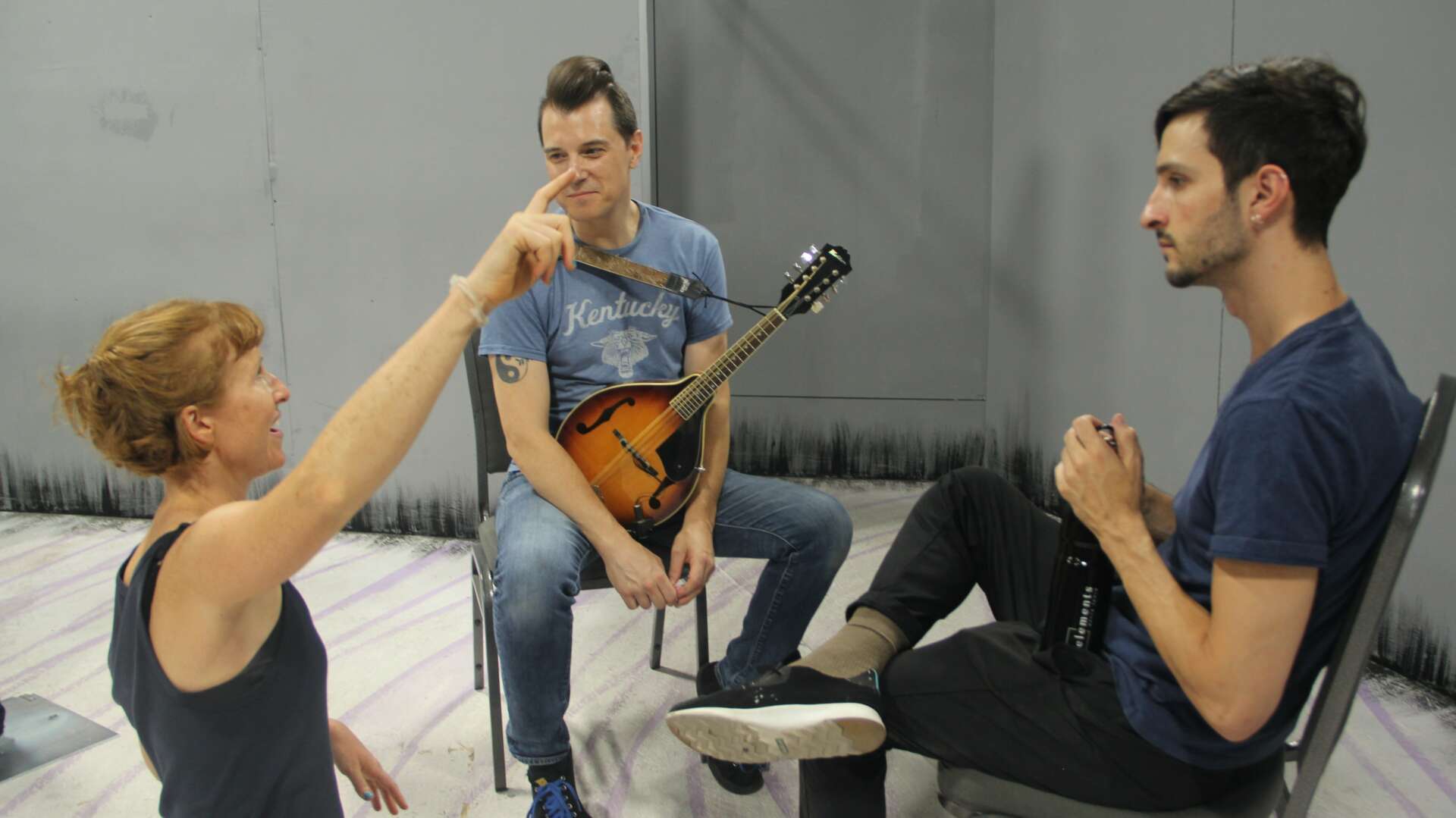We were lucky to catch up with Anne Brashier recently and have shared our conversation below.
Alright, Anne thanks for taking the time to share your stories and insights with us today. Have you ever had an amazing boss, mentor or leader leading you? Can you us a story or anecdote that helps illustrate why this person was such a great leader and the impact they had on you or their team?
The birthday boy was screaming. I had misjudged the wind and underestimated the current. Our boat was stuck on the rocky jetty. My entire job was to take this small group of 10 year olds and their parents out for a few hours of fun ocean sailing. I had failed. After desperately attempting to dislodge us, I had to admit to the small party that I needed to call for backup. Diane, the amazing owner of WestWind Sailing, came to our rescue. She was calm in a literal storm. I had worked for her through junior high and high school, summers and weekends in the sweaty salty sunshine. She gave me just enough responsibility to get into a tiny bit of trouble, but she also gave me the tools to solve problems with patience and courage. Diane was a great listener who always found a solution that made everyone feel seen and heard. With her motorboat, she and I rigged a towline and safely returned to the dock. Instead of reprimanding me, she reminded me that the ocean is unpredictable. We discussed ways I could do it differently next time. I hadn’t failed, I had grown. Diane was the first woman I knew who ran her own business. She had turned her love for outdoor education into a successful sailing school. Somehow, she made her staff, a rag tag gang of high school students, feel like we had the potential to make a positive difference in the lives of a bunch of squirmy kids. But most importantly, her passion for her work was evident at every turn. She forged partnerships with the Dana Point Marine Institute and the Coast Guard. She convinced nervous parents that in a week their kids would transform into capable sailors. She guided us through the first steps of our professional lives and taught me countless lessons that have stayed with me since my first summer at sea: Hydrate. Wear sunblock. Lift with your legs. Safety first, fun always. She made me feel like I could do anything, even ask for help when I really needed it.

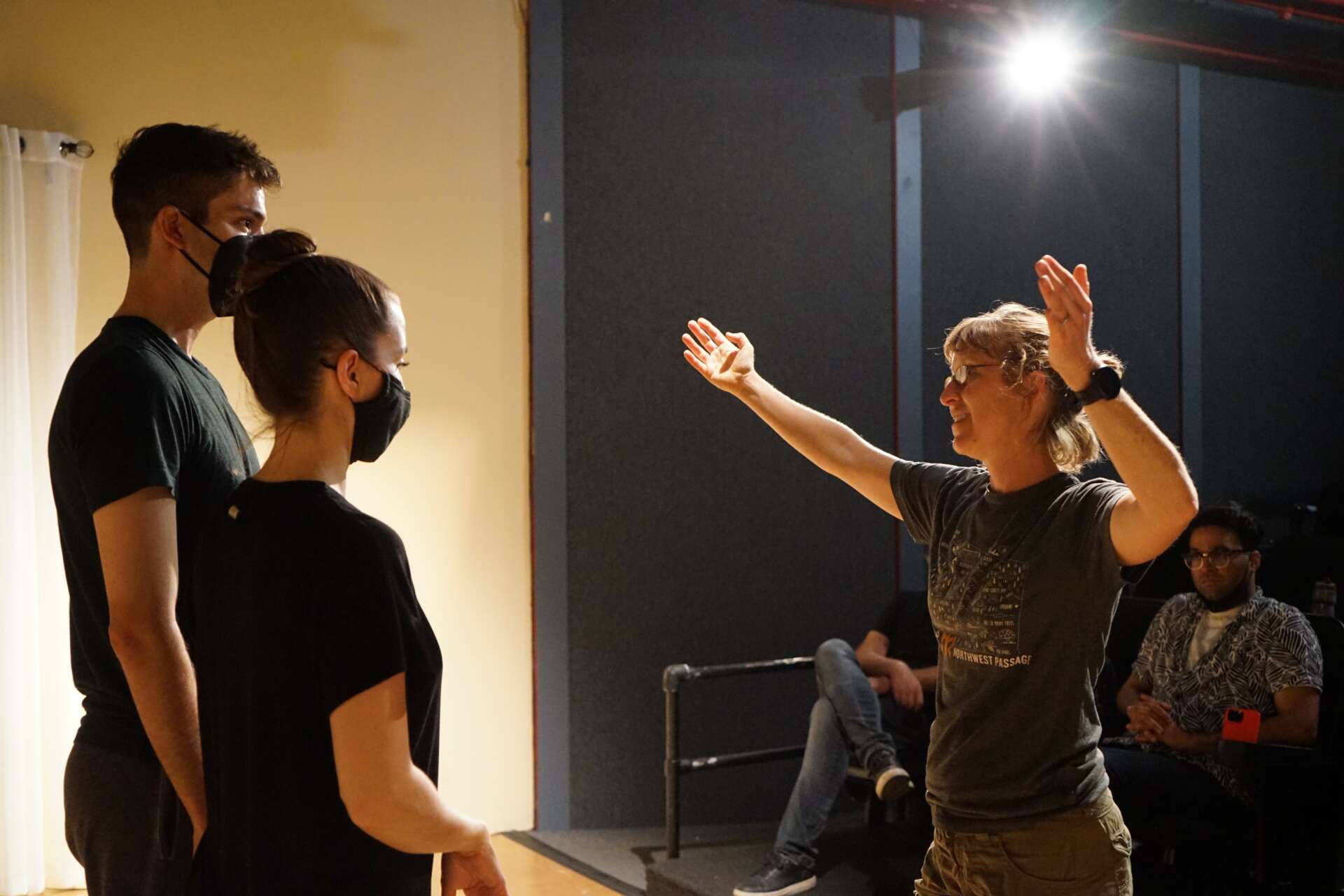
Anne, love having you share your insights with us. Before we ask you more questions, maybe you can take a moment to introduce yourself to our readers who might have missed our earlier conversations?
As Creative Director of Film and Motion at MOD, a creative agency, I feel like I have my dream job. But younger me had no idea what an agency was or what a director did.
I grew up loving movies and books, knowing I wanted to do THAT. However, I had no idea what THAT was, or how to do it. I was bossy, I was a ham, and I had a vivid imagination. I loved making stories come to life. I figured I would be a performer-novelist-archeologist (I wanted to be Indiana Jones).
All those combined passions and skills serve me perfectly in my adult life. As a Creative Director, I oversee dozens of video projects at a time. I collaborate with writers, designers, editors, animators, cinematographers, production designers, actors, composers, colorists, and strategists. I investigate what my clients need and I build multi-platform stories that bring their dreams to life.
My path here took many twists and turns. I directed a play in undergrad and loved it, but knew I wasn’t ready to be a director. Was that even a job? I figured I had a lot to learn, so I got to work. I did every job in the creative field, from gaffer to marketing coordinator. I acted, I built costumes, I was a VFX coordinator, I was a Stage Manager. I took endless survival jobs, from copy-editing a book to choreographing a flash mobs. I supported other people’s creative visions, all the while building up the courage to eventually have faith in my own. I listened and observed and reflected. I forged creative partnerships that have strengthened my ability to clearly communicate my creative vision.
Directing a documentary about the 2020 Election while getting my MFA at USC forged my directing skills. Across continents, our crew bonded together. Through civil unrest and global pandemic, we found new ways to listen to each other, new stories to tell. But it was through that struggle that I really became a creative leader. I merged compassion with conviction, I finessed the details while never losing sight of the big picture, and I fought to approach each challenge with an open mind and a kind heart. And suddenly, I have a life making my dreams come true.
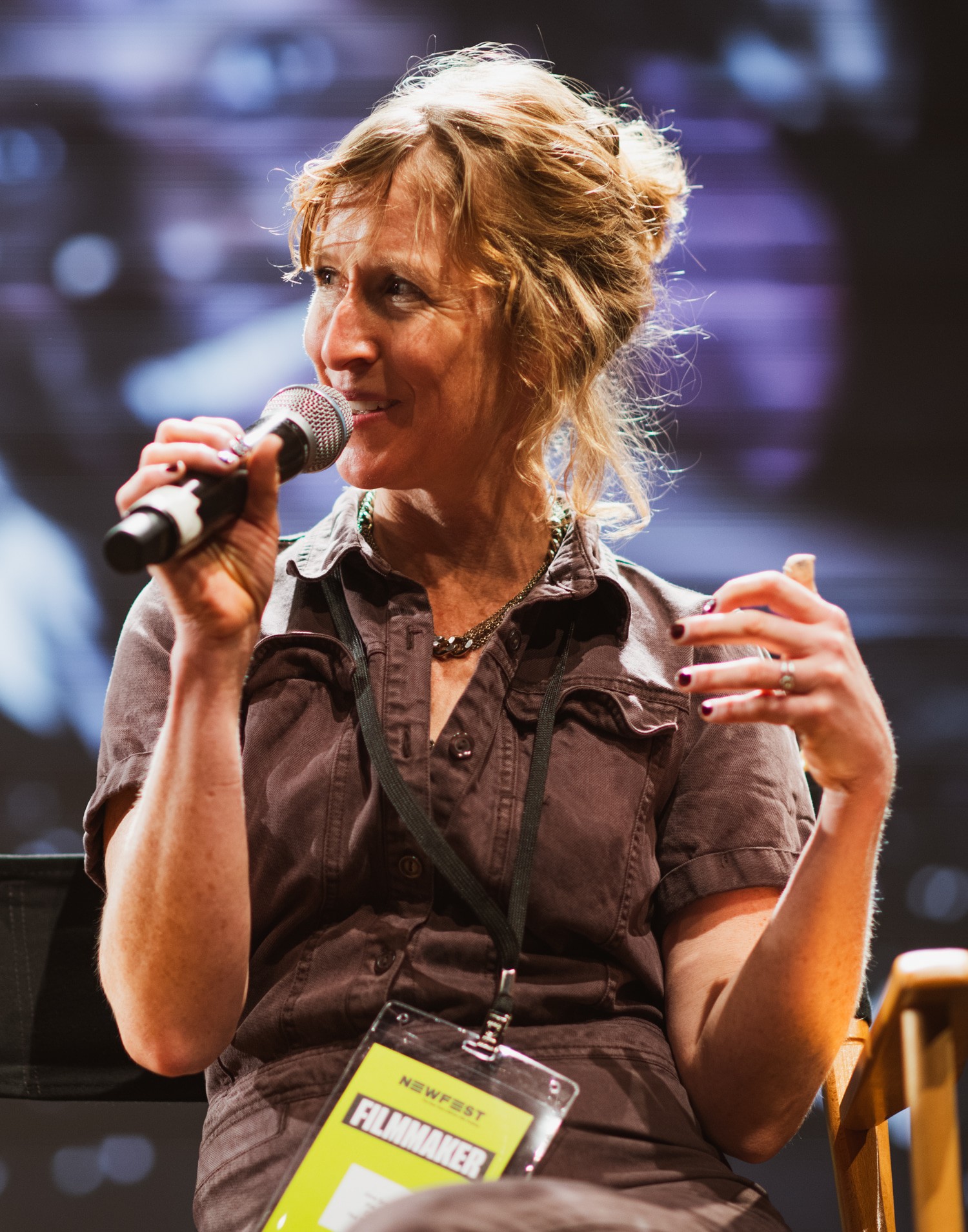
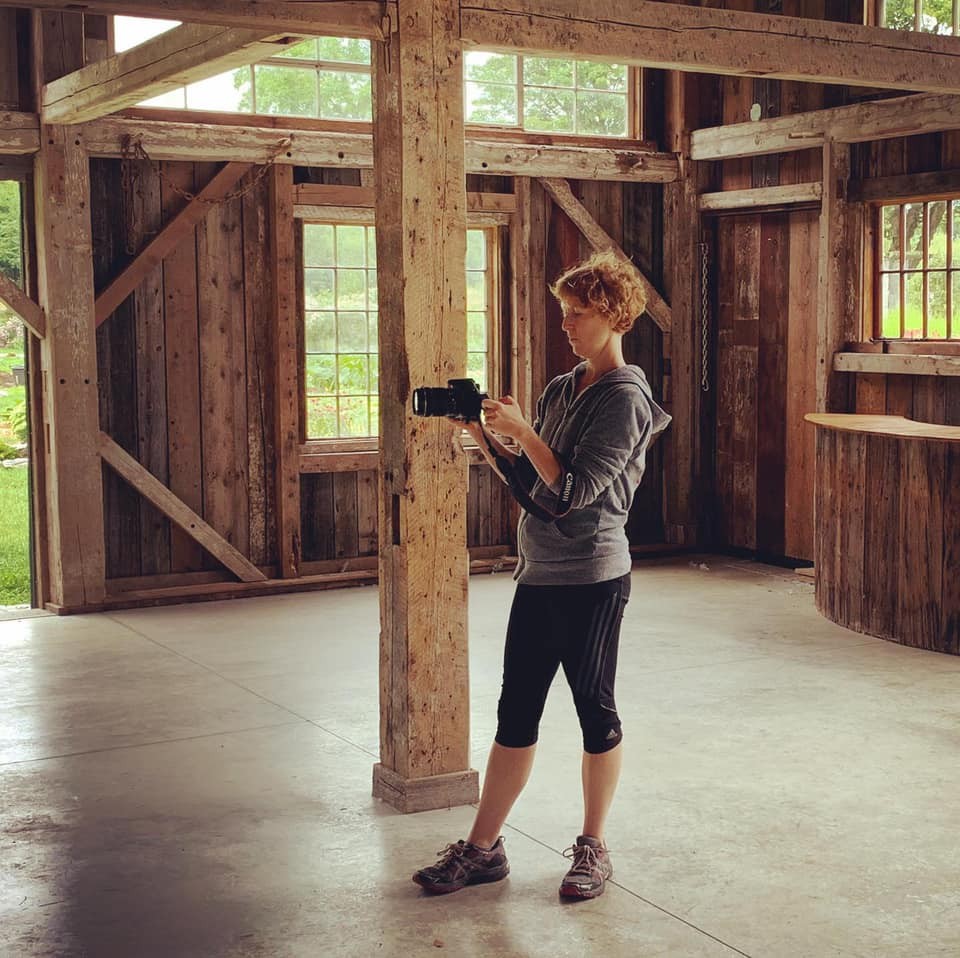
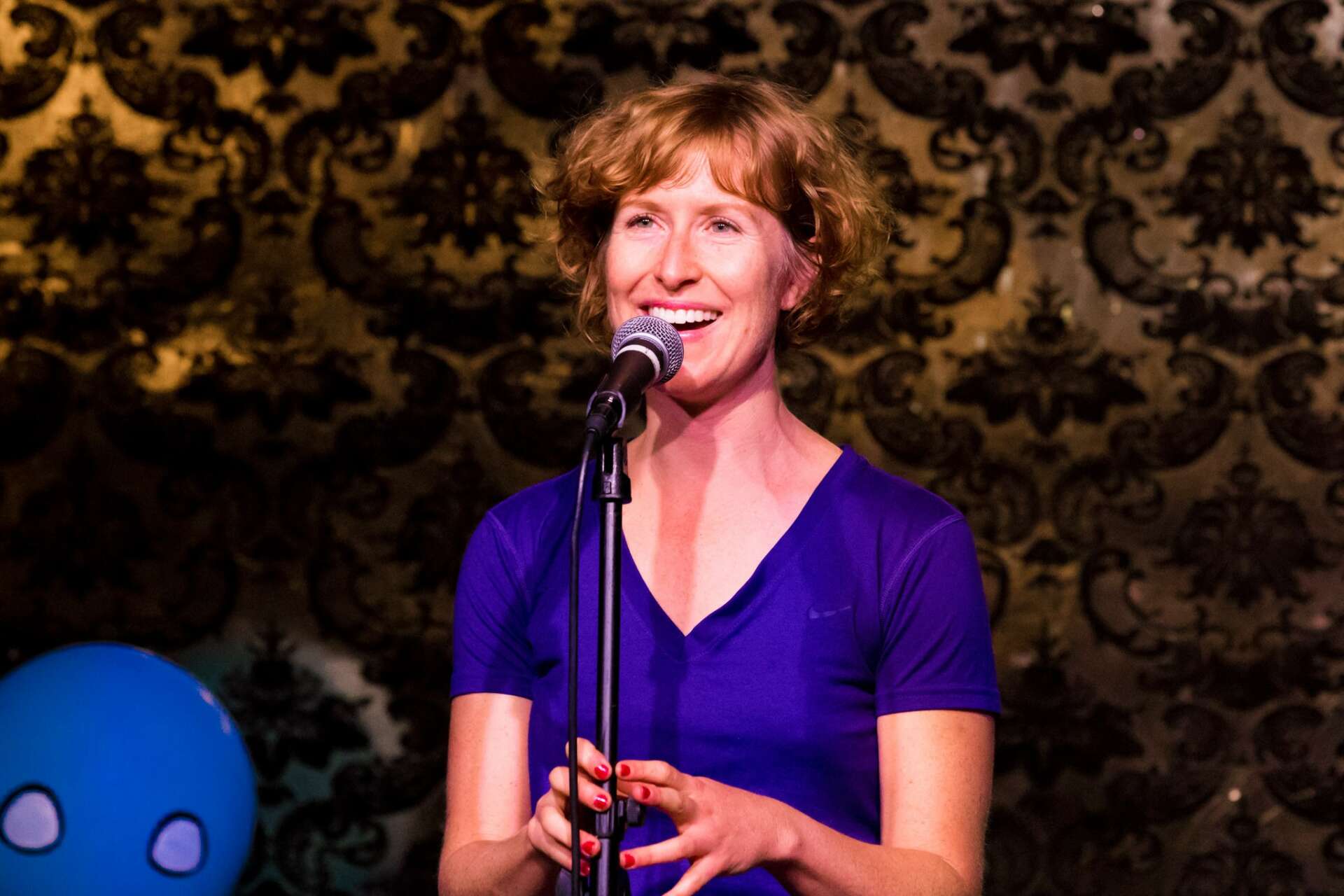

Is there something you think non-creatives will struggle to understand about your journey as a creative? Maybe you can provide some insight – you never know who might benefit from the enlightenment.
Anyone can be creative, but making a career out of consistent creativity requires practice, organization, and focus. For people who say they are “not creative”, I remind them that they are constantly making creative choices, from what to wear to what music to play. We are creative organisms, we are built to creatively solve problems, from how to keep a fire burning to how best to organize your sock drawer. We spend all day having ideas and making decisions, whether we are accountants or plumbers or creative directors. Creativity requires more than magic dust. It requires the hard work that allows you to sense the magic dust when there are only a few particles in the air. Inspiration won’t come to you until you build a workspace where you can use it. If you spend 2 hours each day finding a place to put the magic dust, another hour trying to find a pen and paper to write down that inspiration, you might miss it. I find that the most important thing I do is have the ability to clearly communicate my creative idea so that others can understand and act on it. I have to imagine how you might interpret my ideas, and that imagination requires empathy. So I encourage artists to build their organizational and analytical skills as much as I would encourage “non-creatives” to find opportunities to play, explore, and empathize.
For you, what’s the most rewarding aspect of being a creative?
“More Brains!” became my directorial mantra while I was directing Hex The Patriarchy. When I used to tell people I wanted to direct, they would say “you must love control.” I knew that was not quite true, but only after directing for a decade was I able to describe the part of directing that I really loved. We were trying to find a solution to a blocking challenge involving a sticky locker door and a smashed cupcake. The actors, the prop master and I were all looking at it from one angle. The 1st AD and cinematographer were similarly stuck. Suddenly, our gaffer popped their head around the corner and made a suggestion that lit us all up. We tried it, and suddenly what had been clunky felt organic. “More brains are so much better!” I exclaimed. That is what I love about my work as a Creative Director: gathering a diverse team in a supportive environment where everyone is inspired to bring their creative best to the table. Only by clearly communicating my creative vision to my team can they bring their powerful brains together. As a filmmaker, I get to work in a flow state that isn’t just my own mind, but that can tap into the minds of all the people on my team, and that is deeply energizing and fulfilling.

Contact Info:
- Website: https://www.annebrashier.com/
- Instagram: https://www.instagram.com/annebrashiercreative/
- Facebook: https://www.facebook.com/Storiesandmakebelieve/
- Linkedin: https://www.linkedin.com/in/annebrashier/
Image Credits
@leandrojusten ; Arieta Palevic, Nox Yang


